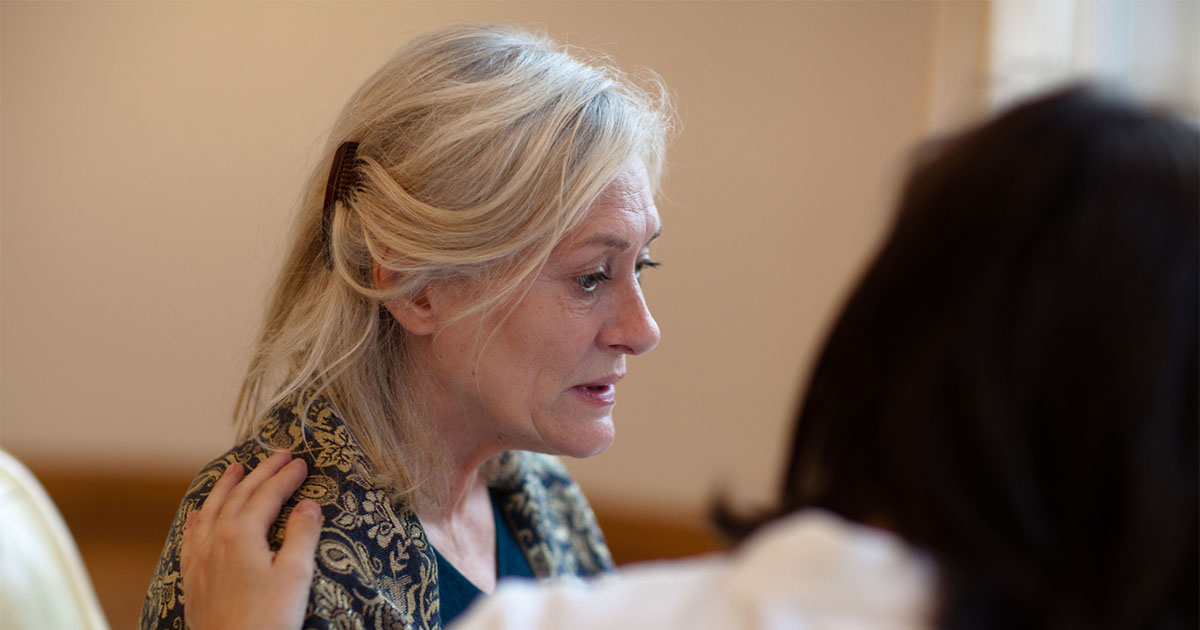Diabetes & Primary Care’s series of interactive case studies is aimed at all healthcare professionals in primary and community care who would like to broaden their understanding of diabetes.
This scenario covers the clinical implications, risk factors and diagnosis of non-diabetic hyperglycaemia (prediabetes), as well as the actions primary care professionals should take following diagnosis.
The format uses typical clinical scenarios as tools for learning. Information is provided in short sections, with most ending in a question to answer before moving on to the next section.
Working through the case studies will improve our knowledge and problem-solving skills in diabetes care by encouraging us to make evidence-based decisions in the context of individual cases.
Readers are invited to respond to the questions by typing in their answers. In this way, we are actively involved in the learning process, which is hopefully a much more effective way to learn.
By actively engaging with these case histories, readers will feel more confident and empowered to manage such presentations effectively in the future.
Shona, a 38-year-old lady of South Asian ethnicity, contacts the surgery to discuss the results of her annual blood test, which she undergoes because of a previous history of gestational diabetes. Her HbA1c has risen to 44 mmol/mol (6.2%).
How would you interpret these results?
By working through this interactive case study, we will consider the following issues:
- Defining prediabetes.
- Risk factors for the condition.
- Clinical implications.
- Management – lifestyle interventions.
- Management – pharmacological therapies.






Jane Diggle examines the draft update to the NICE NG28 clinical guideline, plus new advice regarding the discontinuation of Levemir.
10 Sep 2025